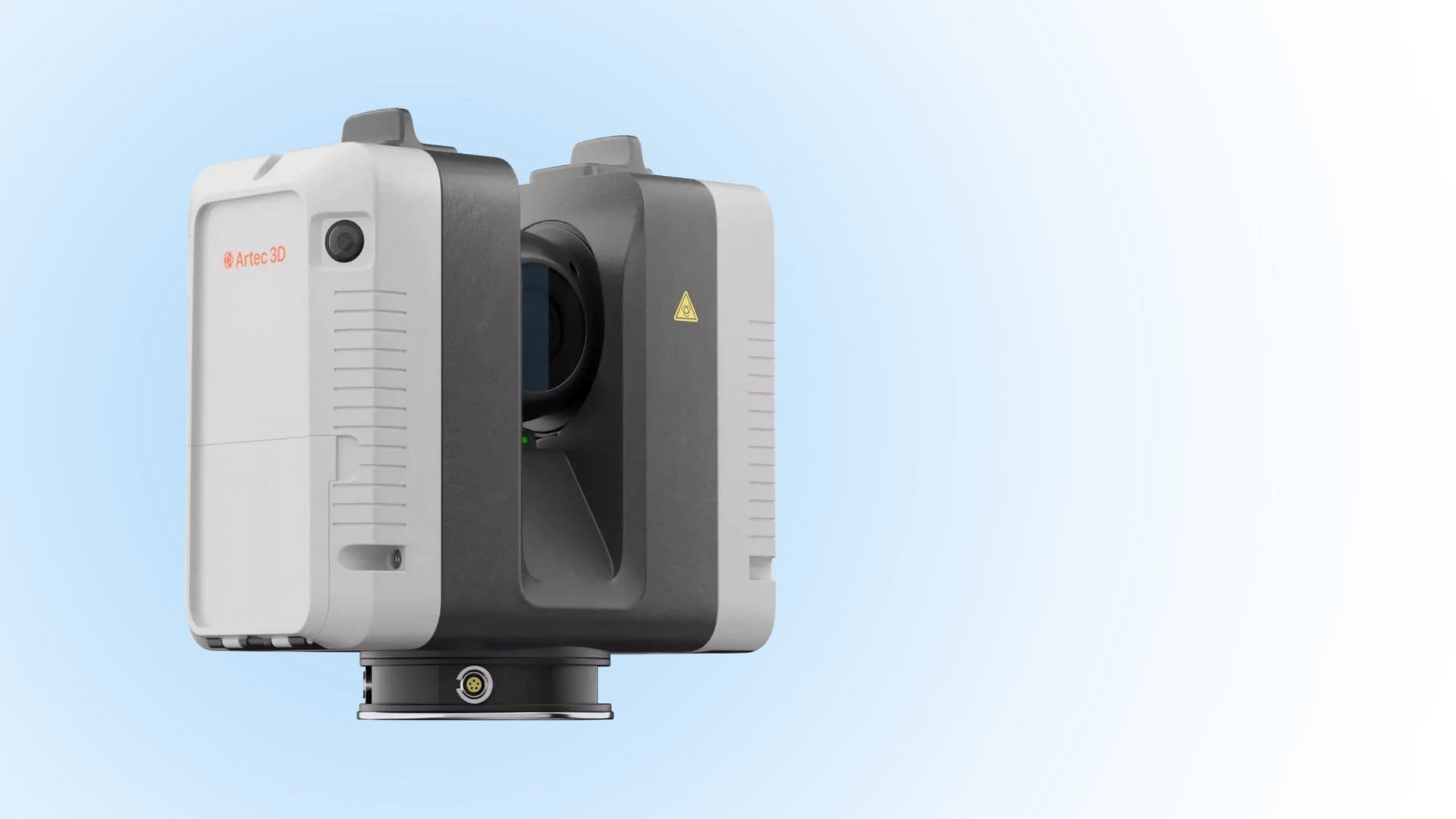
Long-Distance 3D Scanning for Infrastructure
Huge infrastructure projects present unique challenges that can only be addressed with advanced solutions like long-range 3D scanners. Whether it’s
3D scanning has become a game-changer across multiple industries, enabling businesses to streamline workflows, improve accuracy, and reduce production costs. This technology allows for the rapid digitization of physical objects by capturing their exact shape and dimensions, creating highly precise 3D models. From engineering and healthcare to architecture and manufacturing, 3D scanners are revolutionizing how professionals approach design, quality control, and prototyping.
Understanding the benefits of using a 3D scanner and how to choose a 3D scanner can help you determine the right solution for your business needs. But what makes 3D scanning so valuable? Let’s explore why this technology is essential in today’s competitive market.
While the benefits of using a 3D scanner depend on its application, industries like aerospace, automotive, healthcare, and metrology have widely adopted this technology due to its efficiency and accuracy. Here’s why businesses and professionals are turning to 3D scanning to optimize their operations:
3D scanners are designed to capture even the smallest details of an object’s surface with exceptional accuracy. Unlike traditional measurement methods, which can be time-consuming and prone to human error, 3D scanning ensures highly precise data collection.
Using structured light or laser technology, these devices scan objects from multiple angles, collecting data points that form a mesh model. This level of precision is critical in industries where even minor inaccuracies can lead to costly defects, such as aerospace and manufacturing.
Maintaining product quality is non-negotiable in sectors like automotive, healthcare, and industrial manufacturing. 3D scanning helps businesses improve their quality control processes by allowing for detailed analysis of product dimensions, identifying potential defects, and ensuring consistency in production.
By integrating 3D scanning into inspection workflows, companies can quickly detect deviations from design specifications, minimizing errors and reducing waste. This proactive approach to quality assurance helps businesses deliver superior products while maintaining regulatory compliance.
Innovation often requires rapid prototyping, and 3D scanning significantly accelerates this process. By capturing accurate 3D models of existing objects or design concepts, businesses can iterate and refine their products faster than ever before.
For engineers and product designers, the ability to create digital replicas of physical objects streamlines the research and development phase, reducing time-to-market. Whether it’s reverse engineering legacy components or optimizing a new design, 3D scanning ensures a seamless transition from concept to production.
One of the biggest advantages of 3D scanning is its ability to automate labor-intensive tasks, ultimately reducing operational costs. Traditional measurement and inspection methods require extensive manual labor, which not only increases expenses but also introduces a higher risk of human error.
By implementing 3D scanning technology, businesses can optimize resource allocation, reduce production downtime, and minimize material waste. This cost-efficient approach makes 3D scanning a valuable investment for companies looking to maximize profitability.
Customization is a growing trend in industries like healthcare and automotive, where tailored solutions can significantly enhance user experience and functionality. 3D scanning plays a key role in creating custom-fit prosthetics, orthotics, and dental implants, ensuring precision and comfort for patients.
In the automotive sector, manufacturers leverage 3D scanning to develop custom parts that align with specific vehicle models or performance requirements. The ability to quickly adapt and customize products makes 3D scanning an indispensable tool for businesses focused on innovation and customer satisfaction.
With a wide range of 3D scanners available, selecting the right one depends on factors such as the level of accuracy required, the type of objects being scanned, and the intended application. Whether you’re looking for a handheld scanner for on-the-go inspections or a high-resolution industrial scanner for complex designs, it’s essential to assess your specific needs before making a decision.
3D scanning has transformed industries by improving accuracy, accelerating workflows, and reducing costs. If you’re ready to explore the latest advancements in 3D scanning technology, Digitize Designs can help you find the perfect solution for your business.
3D Scanning & Metrology News, Press, Insights, Trends, Case Studies, and more.

Huge infrastructure projects present unique challenges that can only be addressed with advanced solutions like long-range 3D scanners. Whether it’s

Different long-range scanner brands offer varying features and capabilities; hence the need to understand the most crucial aspects of long-range

The key difference between long-range and short-range scanners is the maximum distance at which they can capture data. Ordinarily, long-range

The key elements to consider in long-range 3D scanners include accuracy, scan speed, resolution, scanning mechanism, and ease of use.
Secure SSL Encrypted Connection
Two-factor Authentication
© Copyright 2024 – Digitize Designs, LLC – Privacy Policy – Website by Luminos Agency